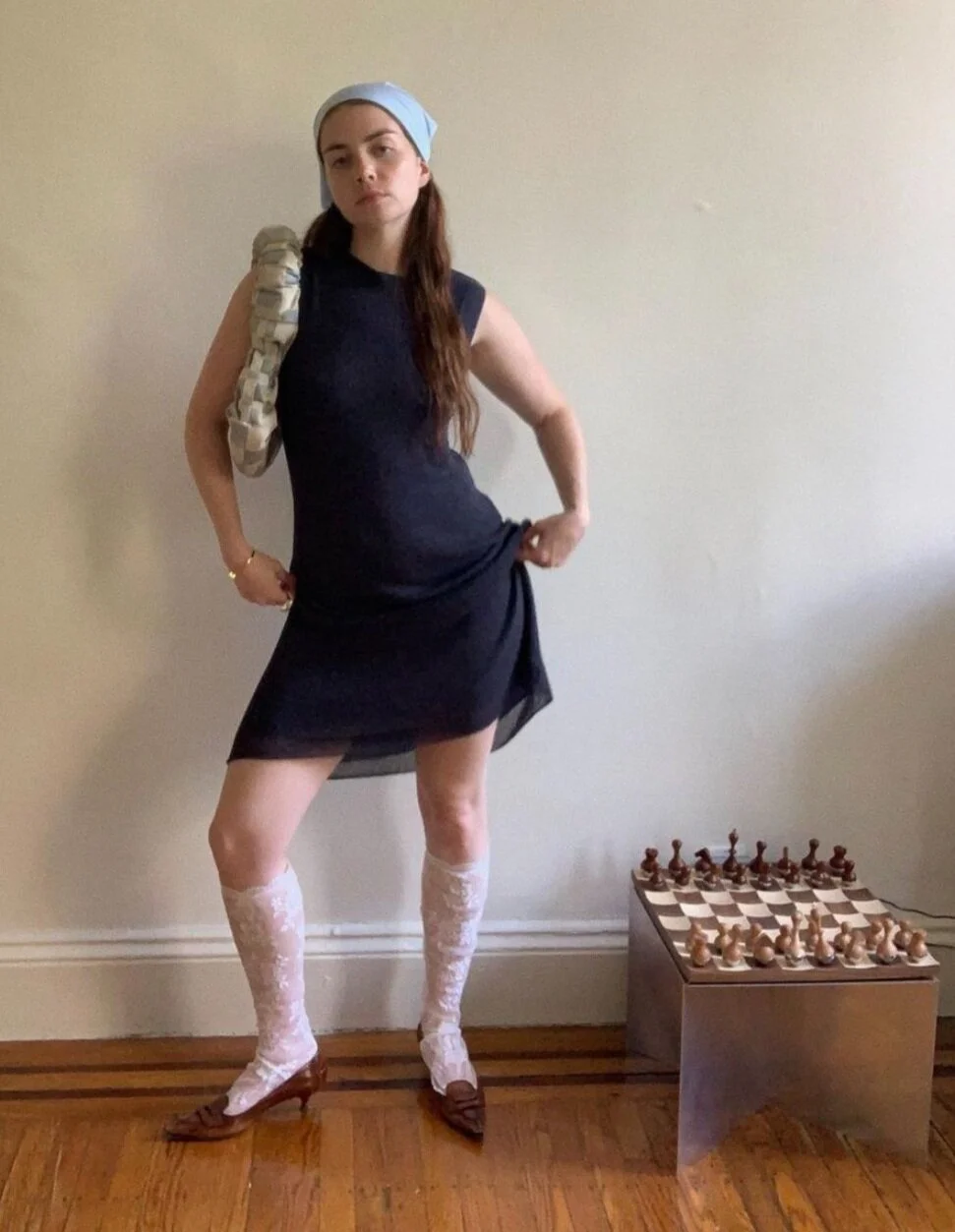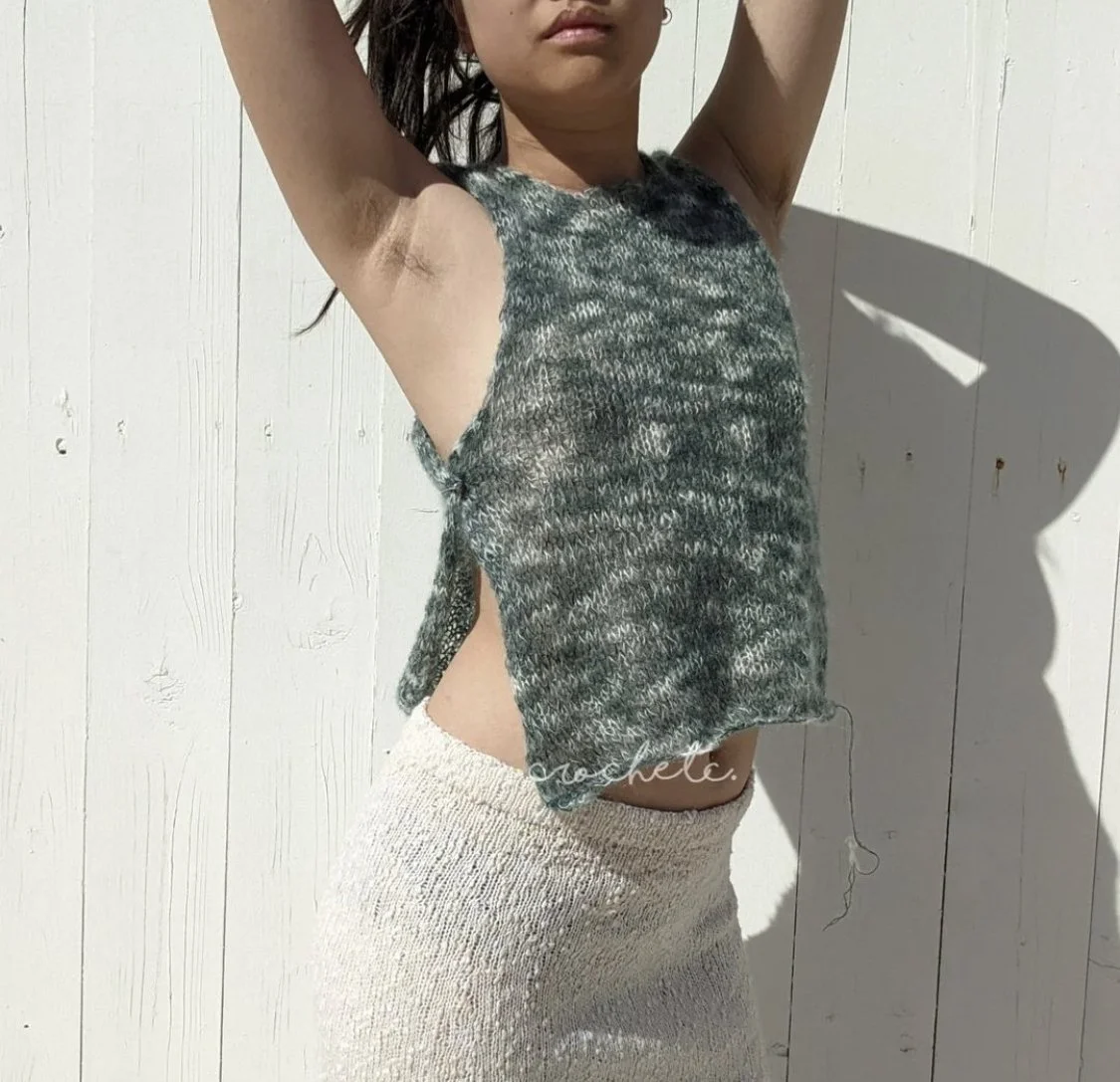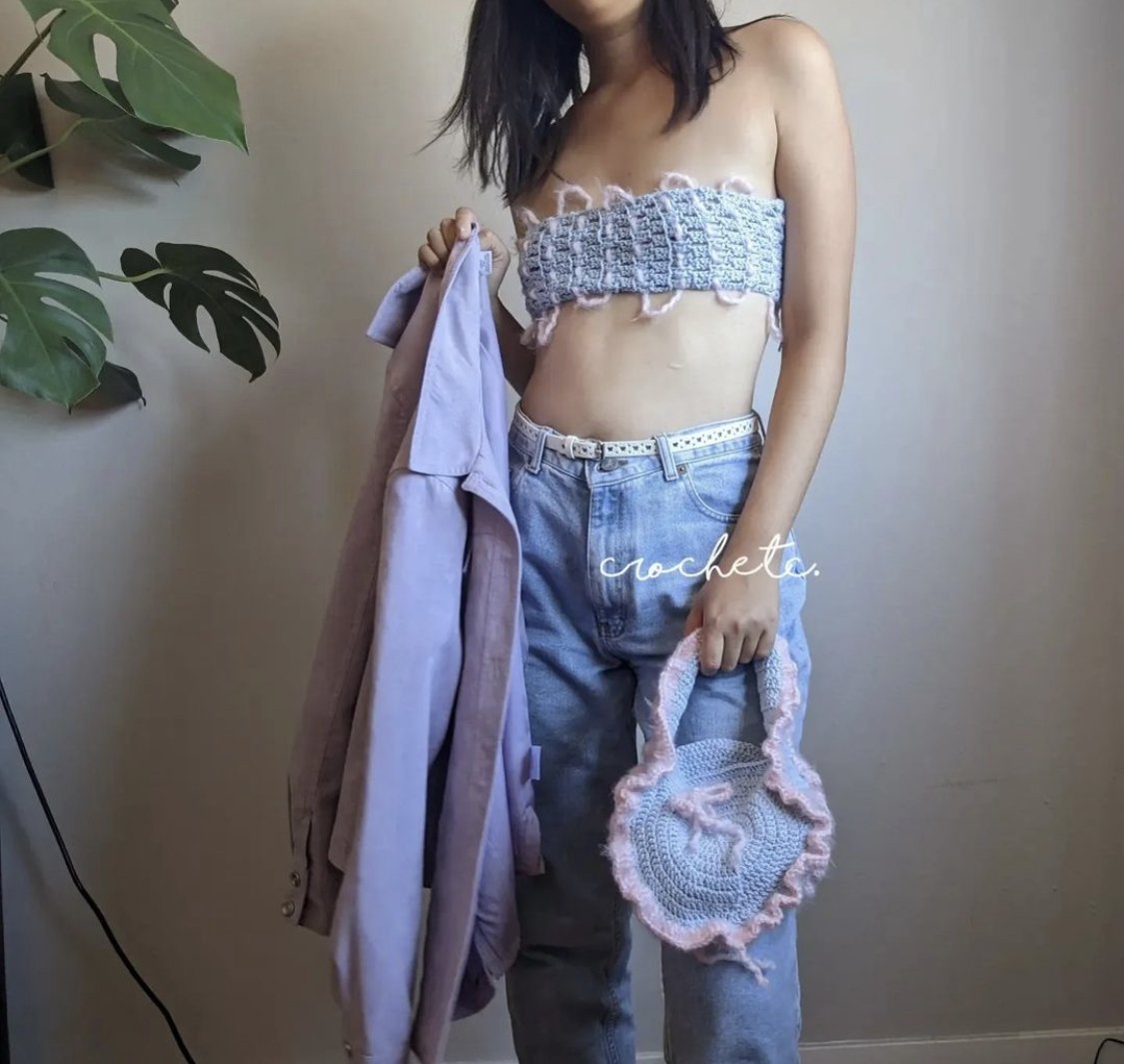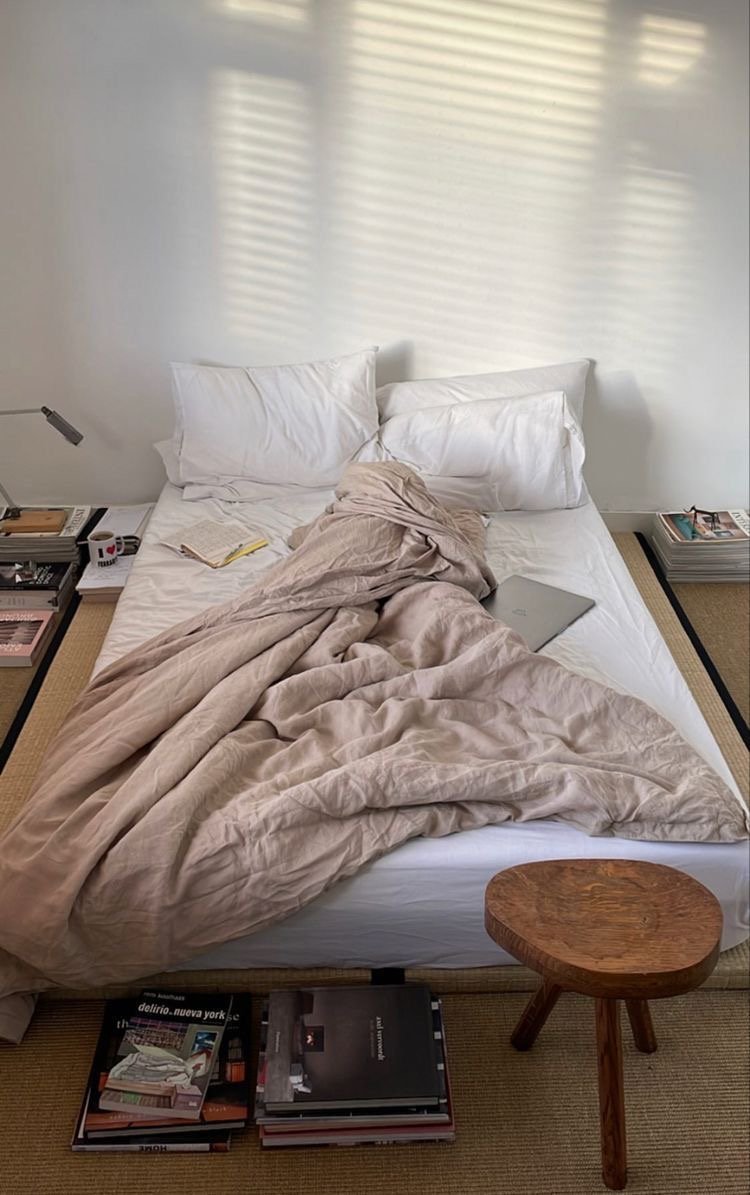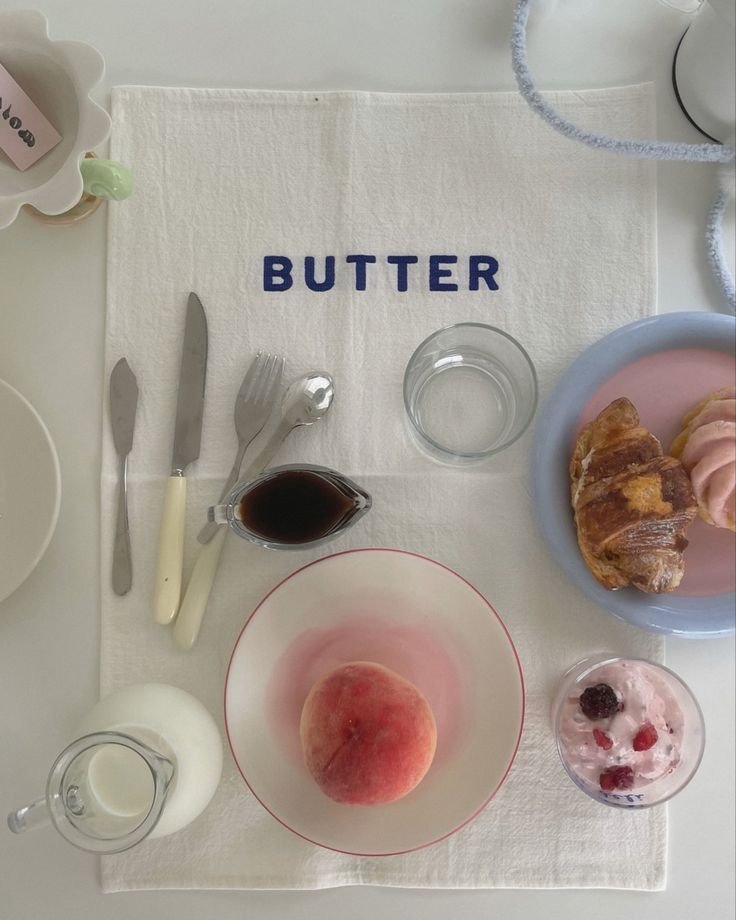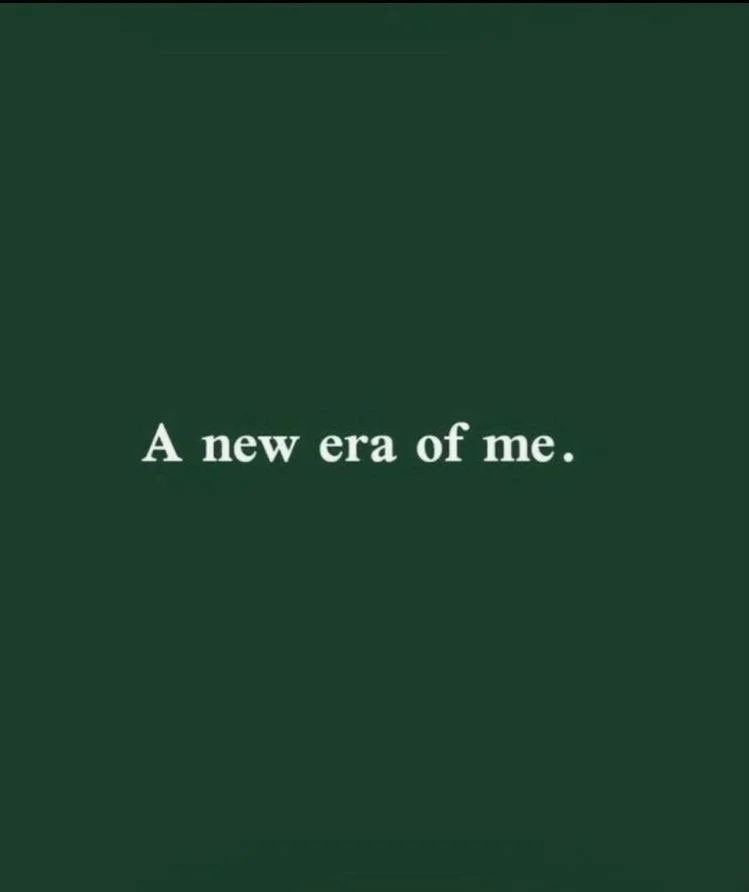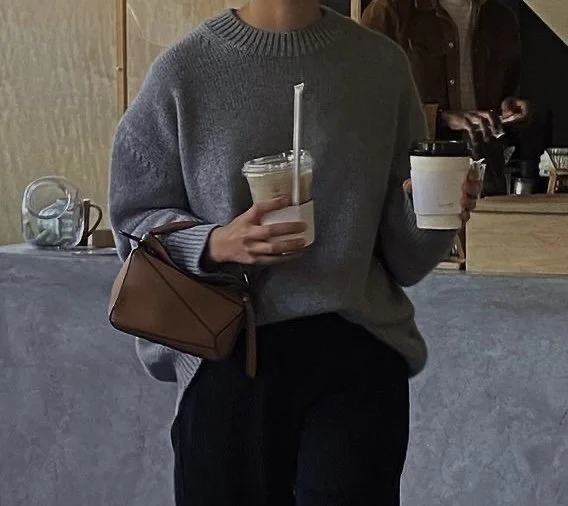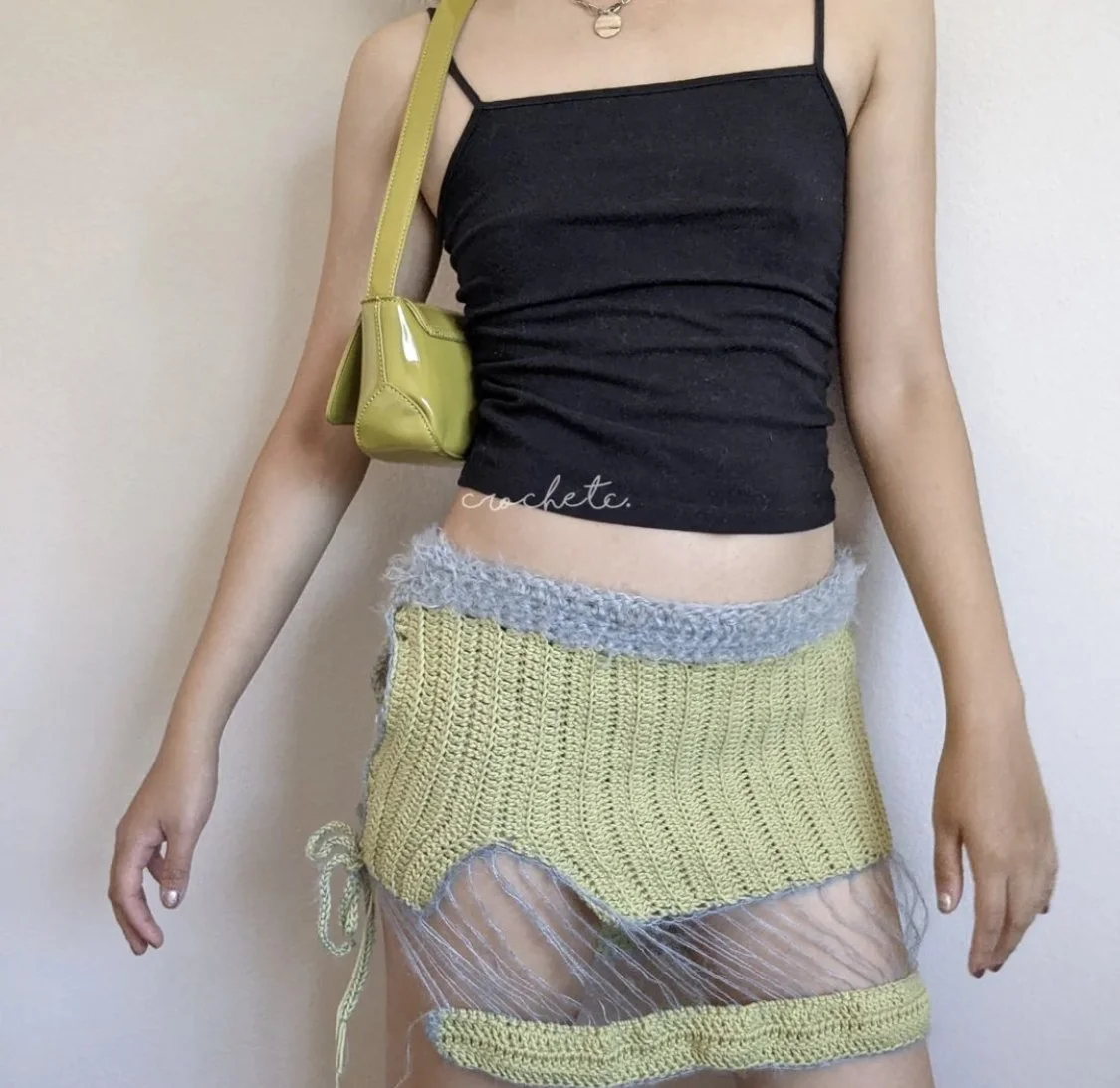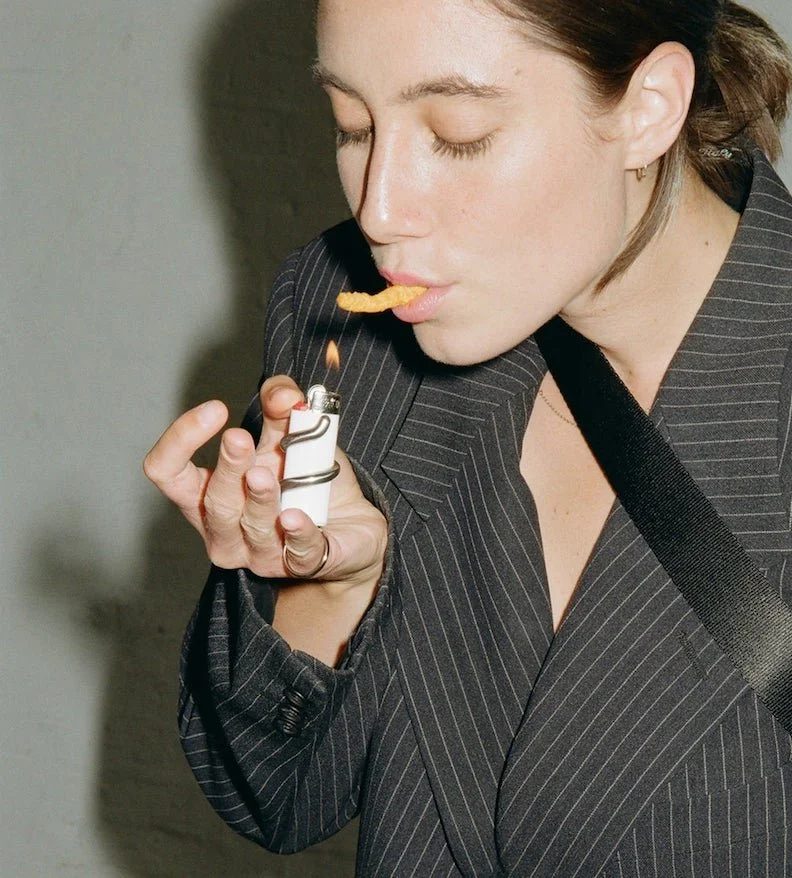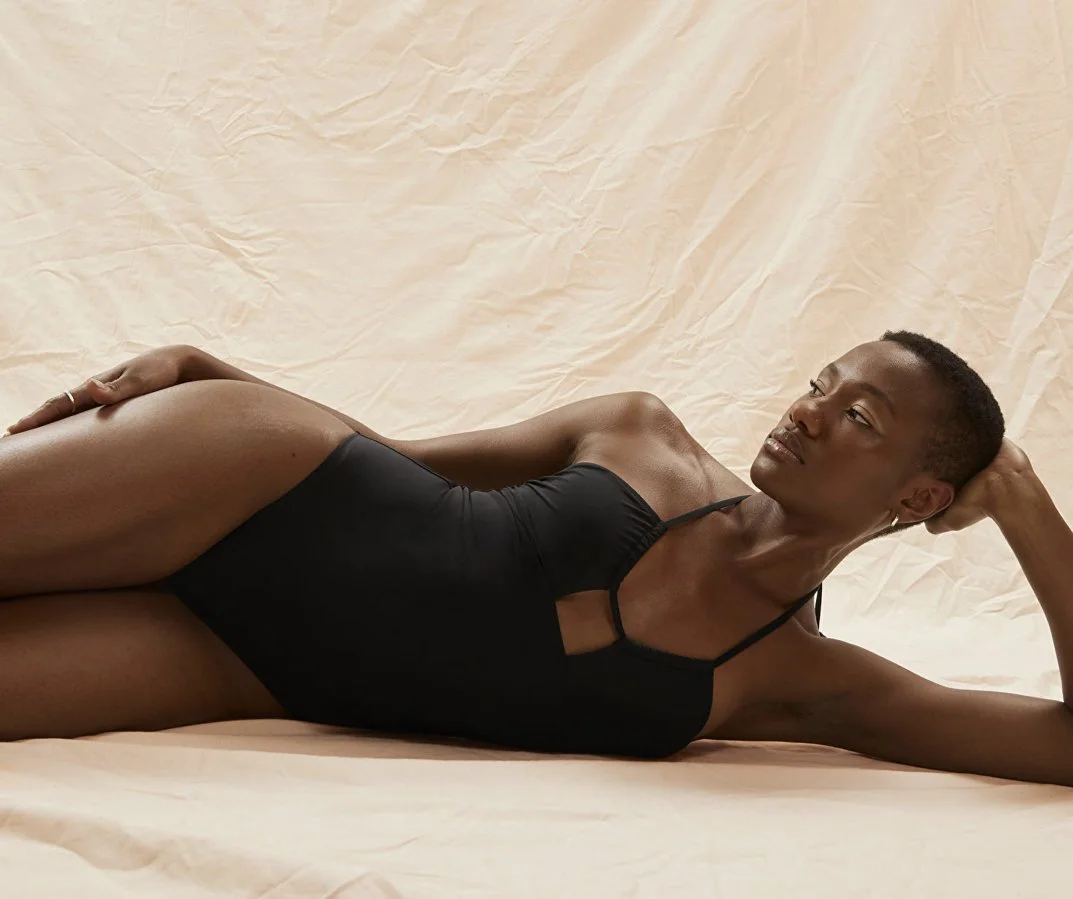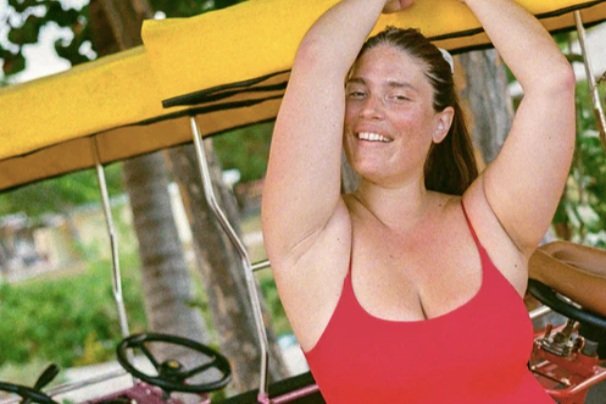What Having Style Really Means
by Elena Chen
What does it mean to have style? Or to have a personal style? Does it mean to be unique? Individual? We are all, in some way or another, craving to be of our own person. There’s a term in psychology for it: “Need for Uniqueness” and goes back to the late 1970s. In fact, it is often used in research on consumer behavior. The countless articles, videos, shorts and books written on finding personal style further this narrative that we are indeed seeking for some way to demarcate our separateness from everyone else. We want to be in and of ourselves representative of ourselves. The paradox then arises, how are we meant to be individual if our means of reaching individuated style has been paved with the advice of others? Are we not then under the influence of those who lent us that advice?
As I’ve gotten older I’ve found much solace in caring less about what other people think of me. I attribute much less value to the interpretations others may have of my clothes. It used to be so important to look “good” in the eyes of others and this undoubtedly influenced my taste in clothing too. It seems to be well documented that peer pressure plays a stronger role in adolescence than in adulthood. This translated into more conformist styling choices where I would prefer to be accepted by people than really wear what moved me. Even now, as I get so much style inspiration on social media, I’m really starting to wonder what it takes to be uninfluenced in my styling.
Especially since I started my own handmade clothing brand, I’ve been more sensitive to the balance between trendy vs. unique aesthetics. When something appeals to more people, it garners more interaction and that in turn helps my business and motivates me to keep creating. When a more out-of-the-box design does not do well, it also informs me that perhaps this sort of creativity isn’t worth pursuing. The trendsetters in fashion nowadays are predominantly influencers who often depend on the engagement of their audience for a living. Those who continue to push boundaries in styling, whether it’s in fashion, home decor, painting, or any creative medium, do so having to accept that they will be misunderstood. It is part of the parcel of being experimental.
What this process of determining my personal style has taught me, whether it’s in my personal styling or my clothing designs, is that there will always be aesthetics that “fail”. But as we have all witnessed with the hard and fast comeback of Y2K style is that some aesthetics that we might have viewed poorly a few years ago can make their way back into the annals of fashion history. We have to be willing to try styling choices that we may regret and risk that when time does tell of its existence that it was a moment of triumph for experimentation whether or not it succeeded in the public eye. Van Gogh, Kafka and Monet died in obscurity or poverty. Now they are some of the most celebrated artists to ever exist. What did it mean for them to continue pursuing their craft? To choose and persist with what they believed in even if it meant no success?
I often think that for me, creating is a selfish process. I make the things that mean something to me. What means something to me could mean nothing to someone else. This is true the other way around as well. Having style isn’t about other people though. It’s about being honest enough with yourself to express what it is that you would like to say. This means being misunderstood and being okay with that. People will try to convince you otherwise. Even those who are well-meaning and love you.
Please be kind to yourself and take time away from those opinions, no matter how well-meaning they may be. Learn to let things sit in the back of your mind and then see how you really feel about them a long while later. There may be times when only a select handful understand what you are trying to do and other times where you feel like you’re working towards a vision on your own. This is not a reason to be self-centered or self-righteous. This is an invitation for greater self-reflection and self-determination. Decide for yourself what makes sense to you. What beauty means to you. And then question whether it makes sense again and again. Finally, when you’ve seen, over time, how much you are drawn to certain things, despite the opinions of others, then you’ve found something yours to style.

